{"video":[{"pos":{"top":0,"left":0},"time":{"start":290,"end":2480.332336},"spot":null,"idx":0,"id":"vd-0","videoId":0}],"contents":[{"id":"wk-0","pos":{"top":5,"left":96},"time":{"start":72.7,"end":102.7},"art":"Malesia","lang":"it","wiki":"<div style=\"float:left;margin-right:10px\"><img src=\"http://upload.wikimedia.org/wikipedia/commons/thumb/6/66/Flag_of_Malaysia.svg/125px-Flag_of_Malaysia.svg.png\"></div><br><div>\n\n<p><span style=\"font-size: small\"></span></p>\n\n\n<p>La <b>Malesia</b> (malese in grafia inglese <i>Malaysia,</i> in cinese semplificato 马来西亚 <i>Mǎláixīyà</i>, in cinese tradizionale 馬來西亞 <i>Mǎláixīyà</i>) è uno Stato federale dell'Asia sudorientale, costituito dalla Malesia Occidentale o Malesia Peninsulare che comprende gli Stati di Johor, Malacca, Negeri Sembilan, Selangor, Pahang, Terengganu, Kelantan, Perak, Penang, Kedah e Perlis e il Territorio Federale di Kuala Lumpur, e dalla Malesia Orientale che comprende gli Stati di Sabah e di Sarawak. L'isola di Labuan, presso le coste del Brunei è considerata <i>territorio federale</i>.</p>\n<p>La Malesia Occidentale confina a nord con la Thailandia e a sud con Singapore (separata da uno stretto), la Malesia Orientale confina a sud con l'Indonesia e circonda il Brunei.</p>\n<p>La Malesia è all'inizio del XXI secolo una potenza di media grandezza, con il PIL al decimo posto fra i paesi dell'Asia, e al 29° tra quelli mondiali, a parità di potere d'acquisto; è inoltre al quarto posto tra i nuovi paesi industrializzati del pianeta.</p>\n\n\n\n<!-- \nNewPP limit report\nParsed by mw1131\nCached time: 20160519131946\nCache expiry: 2592000\nDynamic content: false\nCPU time usage: 0.269 seconds\nReal time usage: 0.319 seconds\nPreprocessor visited node count: 672/1000000\nPreprocessor generated node count: 0/1500000\nPost‐expand include size: 12570/2097152 bytes\nTemplate argument size: 2211/2097152 bytes\nHighest expansion depth: 10/40\nExpensive parser function count: 0/500\nLua time usage: 0.109/10.000 seconds\nLua memory usage: 3 MB/50 MB\nNumber of Wikibase entities loaded: 1-->\n\n<!-- \nTransclusion expansion time report (%,ms,calls,template)\n100.00% 285.291 1 - -total\n 58.45% 166.753 1 - Template:Stato\n 26.14% 74.576 1 - Template:Coord\n 14.74% 42.053 7 - Template:Wikidata\n 9.79% 27.941 2 - Template:Cita_web\n 9.58% 27.332 1 - Template:Nota_disambigua\n 8.14% 23.213 1 - Template:Str_find\n 2.98% 8.510 1 - Template:Avvisounicode\n 2.75% 7.833 2 - Template:En\n 2.15% 6.137 1 - Template:Scala_paese\n-->\n</div><a href=\"http://it.wikipedia.org/wiki/Malesia\" target=\"_blank\">Continua a leggere..</a>","title":"Malesia"},{"id":"wk-1","pos":{"top":5,"left":96},"time":{"start":112.8,"end":142.8},"art":"Tun Sakaran Marine Park","lang":"en","wiki":"<div style=\"float:left;margin-right:10px\"><img src=\"http://upload.wikimedia.org/wikipedia/commons/thumb/b/be/Borneo_Locator_Topography.png/280px-Borneo_Locator_Topography.png\"></div><br><div>\n<p><b>Tun Sakaran Marine Park</b>, also known as <b>Semporna Islands Park</b>, is a marine park located off the east coast of the state of Sabah in Malaysia, on the island of Borneo. It consists of the islands of Bodgaya, Boheydulang, Sabangkat, and Salakan, the sand cays of Maiga, Sibuan, and Mantabuan, and the patch reefs of Church and Kapikan. In 2004, the park became the seventh gazetted area under Sabah Parks with a total area of 350 km². There are approximately 2,000 people living within the park, most of whom consist of the nomadic Bajau Laut (Sea Gypsies) people, who live in stilt houses and houseboats in and around the marine park.</p>\n\n\n\n<!-- \nNewPP limit report\nParsed by mw1143\nCached time: 20160519131943\nCache expiry: 2592000\nDynamic content: false\nCPU time usage: 0.198 seconds\nReal time usage: 0.267 seconds\nPreprocessor visited node count: 1015/1000000\nPreprocessor generated node count: 0/1500000\nPost‐expand include size: 26182/2097152 bytes\nTemplate argument size: 889/2097152 bytes\nHighest expansion depth: 18/40\nExpensive parser function count: 6/500\nLua time usage: 0.078/10.000 seconds\nLua memory usage: 1.42 MB/50 MB\nNumber of Wikibase entities loaded: 1-->\n\n<!-- \nTransclusion expansion time report (%,ms,calls,template)\n100.00% 236.680 1 - -total\n 74.37% 176.021 1 - Template:Infobox_protected_area\n 71.65% 169.590 1 - Template:Infobox\n 25.73% 60.888 1 - Template:Infobox_coord\n 24.48% 57.946 1 - Template:Infobox_map\n 22.63% 53.549 1 - Template:Coord\n 21.97% 51.998 1 - Template:EngvarB\n 19.30% 45.688 1 - Template:Location_map\n 11.03% 26.111 2 - Template:DMCA\n 10.78% 25.513 9 - Template:Ifempty\n-->\n</div><a href=\"http://en.wikipedia.org/wiki/Tun Sakaran Marine Park\" target=\"_blank\">Continua a leggere..</a>","title":"Tun Sakaran Marine Park"},{"id":"wk-2","pos":{"top":5,"left":96},"time":{"start":152.4,"end":182.4},"art":"Sama-Bajau peoples","lang":"en","wiki":"<div style=\"float:left;margin-right:10px\"><img src=\"http://upload.wikimedia.org/wikipedia/commons/thumb/9/9b/Bajau_Laut_Pictures_6.jpg/250px-Bajau_Laut_Pictures_6.jpg\"></div><br><div>\n\n\n<p>The <b>Sama-Bajau</b> refers to several Austronesian ethnic groups of Maritime Southeast Asia. The name collectively refers to related people who usually call themselves the <b>Sama</b> or <b>Samah</b>; or are known by the exonyms <b>Bajau</b> (<span class=\"nowrap\"><span class=\"IPA nopopups\">/<span style=\"border-bottom:1px dotted\"><span title=\"/ˈ/ primary stress follows\">ˈ</span><span title=\"'b' in 'buy'\">b</span><span title=\"/ɑː/ 'a' in 'father'\">ɑː</span><span title=\"/dʒ/ 'j' in 'jam'\">dʒ</span><span title=\"/aʊ/ 'ou' in 'pout'\">aʊ</span></span>, <span style=\"border-bottom:1px dotted\"><span title=\"/ˈ/ primary stress follows\">ˈ</span><span title=\"'b' in 'buy'\">b</span><span title=\"/æ/ short 'a' in 'bad'\">æ</span><span title=\"/-/ affix\">-</span></span>/</span></span>, also spelled <b>Badjao</b>, <b>Bajaw</b>, <b>Badjau</b>, <b>Badjaw</b>, <b>Bajo</b> or <b>Bayao</b>) and <b>Samal</b> or <b>Siyamal</b> (the latter being considered offensive). They usually live a seaborne lifestyle, and use small wooden sailing vessels such as the <i>perahu</i> (<i>Layag</i> in Meranau), <i>djenging</i>, <i>balutu</i>, <i>lepa</i>, <i>pilang</i>, and <i>vinta</i> (or <i>lepa-lepa</i>). Some Sama-Bajau groups native to Sabah are also known for their traditional horse culture.</p>\n<p>The Sama-Bajau are traditionally from the many islands of the Sulu Archipelago in the Philippines (where they are grouped together with the Moro people), as well as parts of the coastal areas of Mindanao and northern Borneo. In the last 50 years, many of the Filipino Sama-Bajau have migrated to neighbouring Malaysia and the northern islands of the Philippines, due to the conflict in Mindanao. As of 2010, they were the second-largest ethnic group in the Malaysian state of Sabah. Groups of Sama-Bajau have also migrated to Sulawesi and North Kalimantan in Indonesia, although their exact population is unknown.</p>\n<p>Sama-Bajau have sometimes been called the \"Sea Gypsies\" or \"Sea Nomads\", terms that have also been used for non-related ethnic groups with similar traditional lifestyles, such as the Moken of the Burmese-Thai Mergui Archipelago and the Orang Laut of southeastern Sumatra and the Riau Islands of Indonesia. The modern outward spread of the Sama-Bajau from older inhabited areas seems to have been associated with the development of sea trade in sea cucumber (trepang).</p>\n\n\n\n<!-- \nNewPP limit report\nParsed by mw1147\nCached time: 20160519131949\nCache expiry: 2592000\nDynamic content: false\nCPU time usage: 0.342 seconds\nReal time usage: 0.439 seconds\nPreprocessor visited node count: 1395/1000000\nPreprocessor generated node count: 0/1500000\nPost‐expand include size: 26859/2097152 bytes\nTemplate argument size: 6159/2097152 bytes\nHighest expansion depth: 12/40\nExpensive parser function count: 3/500\nLua time usage: 0.149/10.000 seconds\nLua memory usage: 2.83 MB/50 MB\nNumber of Wikibase entities loaded: 0-->\n\n<!-- \nTransclusion expansion time report (%,ms,calls,template)\n100.00% 401.476 1 - -total\n 32.05% 128.688 1 - Template:Infobox_ethnic_group\n 26.80% 107.599 1 - Template:Infobox\n 18.61% 74.731 4 - Template:Cite_web\n 18.13% 72.798 4 - Template:Broken_ref\n 9.88% 39.682 1 - Template:Redirect\n 7.96% 31.938 4 - Template:Flagcountry\n 6.61% 26.544 1 - Template:EngvarB\n 5.86% 23.513 2 - Template:DMCA\n 5.11% 20.506 2 - Template:Dated_maintenance_category\n-->\n</div><a href=\"http://en.wikipedia.org/wiki/Sama-Bajau peoples\" target=\"_blank\">Continua a leggere..</a>","title":"Sama-Bajau peoples"},{"id":"wk-3","pos":{"top":5,"left":96},"time":{"start":360,"end":391},"art":"Chelonia mydas","lang":"it","wiki":"<div style=\"float:left;margin-right:10px\"><img src=\"http://upload.wikimedia.org/wikipedia/commons/thumb/5/51/Information-silk.svg/16px-Information-silk.svg.png\"></div><br><div>\n<p>La <b>tartaruga verde</b> (<i><b>Chelonia mydas</b></i> <span style=\"font-variant: small-caps\">(Linnaeus, 1758)</span>) è una tartaruga marina della famiglia Cheloniidae.</p>\n\n\n\n<!-- \nNewPP limit report\nParsed by mw1223\nCached time: 20160519131951\nCache expiry: 2592000\nDynamic content: false\nCPU time usage: 0.083 seconds\nReal time usage: 0.113 seconds\nPreprocessor visited node count: 588/1000000\nPreprocessor generated node count: 0/1500000\nPost‐expand include size: 8589/2097152 bytes\nTemplate argument size: 1039/2097152 bytes\nHighest expansion depth: 12/40\nExpensive parser function count: 0/500\nLua time usage: 0.022/10.000 seconds\nLua memory usage: 1.44 MB/50 MB\nNumber of Wikibase entities loaded: 0-->\n\n<!-- \nTransclusion expansion time report (%,ms,calls,template)\n100.00% 101.121 1 - -total\n 45.64% 46.155 1 - Template:IUCN\n 43.53% 44.014 1 - Template:Cita_testo\n 38.99% 39.423 1 - Template:Tassobox\n 9.58% 9.686 1 - Template:Tassobox/Categoria\n 6.90% 6.978 1 - Template:Come_leggere_il_tassobox\n 4.71% 4.761 1 - Template:Tassobox/Categoria/Animalia\n 4.61% 4.665 1 - Template:Statocons_in_pericolo\n 4.26% 4.310 5 - Template:Tassobox/Colore\n 3.84% 3.881 1 - Template:Cita_web\n-->\n</div><a href=\"http://it.wikipedia.org/wiki/Chelonia mydas\" target=\"_blank\">Continua a leggere..</a>","title":"Chelonia mydas"},{"id":"wk-4","pos":{"top":5,"left":96},"time":{"start":1110.3,"end":1140.3},"art":"Bucerotidae","lang":"it","wiki":"<div style=\"float:left;margin-right:10px\"><img src=\"http://upload.wikimedia.org/wikipedia/commons/thumb/5/51/Information-silk.svg/16px-Information-silk.svg.png\"></div><br><div>\n<p>I <b>Bucerotidi</b> (<b>Bucerotidae</b> <span style=\"font-variant: small-caps\">Rafinesque, 1815</span>) sono una famiglia di uccelli appartenente all'ordine Bucerotiformes, dall'aspetto variopinto e con un grosso becco curvo. Il nome bucerotide si riferisce forma del loro becco, molto simile al corno di un bue (<i>buceros</i> in Greco). I bucerotidi vivono nelle zone tropicali e sub-tropicali dell'Africa e dell'Asia.</p>\n\n\n\n<!-- \nNewPP limit report\nParsed by mw1189\nCached time: 20160519131956\nCache expiry: 2592000\nDynamic content: false\nCPU time usage: 0.075 seconds\nReal time usage: 0.100 seconds\nPreprocessor visited node count: 466/1000000\nPreprocessor generated node count: 0/1500000\nPost‐expand include size: 5487/2097152 bytes\nTemplate argument size: 937/2097152 bytes\nHighest expansion depth: 12/40\nExpensive parser function count: 0/500\nLua time usage: 0.020/10.000 seconds\nLua memory usage: 1.27 MB/50 MB\nNumber of Wikibase entities loaded: 0-->\n\n<!-- \nTransclusion expansion time report (%,ms,calls,template)\n100.00% 87.953 1 - -total\n 52.31% 46.005 1 - Template:IOC\n 49.99% 43.970 1 - Template:Cita_web\n 32.76% 28.815 1 - Template:Tassobox\n 7.57% 6.655 1 - Template:Tassobox/Categoria\n 7.00% 6.160 1 - Template:Come_leggere_il_tassobox\n 5.68% 4.992 3 - Template:Tassobox/Colore\n 4.28% 3.761 1 - Template:Tassobox/Categoria/Animalia\n-->\n</div><a href=\"http://it.wikipedia.org/wiki/Bucerotidae\" target=\"_blank\">Continua a leggere..</a>","title":"Bucerotidae"},{"id":"wk-5","pos":{"top":5,"left":96},"time":{"start":1014,"end":1044},"art":"Monsone","lang":"it","wiki":"<div>\n\n\n<p>Il <b>monsone</b> è un vento ciclico, caldo, tipico dell'Oceano Indiano, che ne influenza profondamente il clima. Il nome deriva dall'arabo <i>mawsim</i> che significa \"stagione\". Questo indica perfettamente il carattere stagionale di questi grandi flussi d'aria. I meteorologi li definiscono venti periodici. Il cambiamento di direzione del vento, che avviene in maggio e in ottobre, è accompagnato da cicloni tropicali molto violenti, i tifoni, che hanno spesso effetti devastanti sulle coste dell'Oceano Indiano.</p>\n\n\n<!-- \nNewPP limit report\nParsed by mw1232\nCached time: 20160519131953\nCache expiry: 2592000\nDynamic content: false\nCPU time usage: 0.033 seconds\nReal time usage: 0.054 seconds\nPreprocessor visited node count: 236/1000000\nPreprocessor generated node count: 0/1500000\nPost‐expand include size: 3701/2097152 bytes\nTemplate argument size: 1336/2097152 bytes\nHighest expansion depth: 12/40\nExpensive parser function count: 3/500\nLua time usage: 0.003/10.000 seconds\nLua memory usage: 499 KB/50 MB\nNumber of Wikibase entities loaded: 0-->\n\n<!-- \nTransclusion expansion time report (%,ms,calls,template)\n100.00% 38.868 1 - -total\n 53.08% 20.633 1 - Template:Nota_disambigua\n 46.73% 18.164 1 - Template:F\n 40.69% 15.817 1 - Template:Avviso\n 40.08% 15.578 1 - Template:Str_find\n 17.42% 6.770 1 - Template:Categorie_avviso\n 5.60% 2.175 1 - Template:Icona_lavoro\n 5.16% 2.007 1 - Template:Argomenti_avviso\n-->\n</div><a href=\"http://it.wikipedia.org/wiki/Monsone\" target=\"_blank\">Continua a leggere..</a>","title":"Monsone"}]}
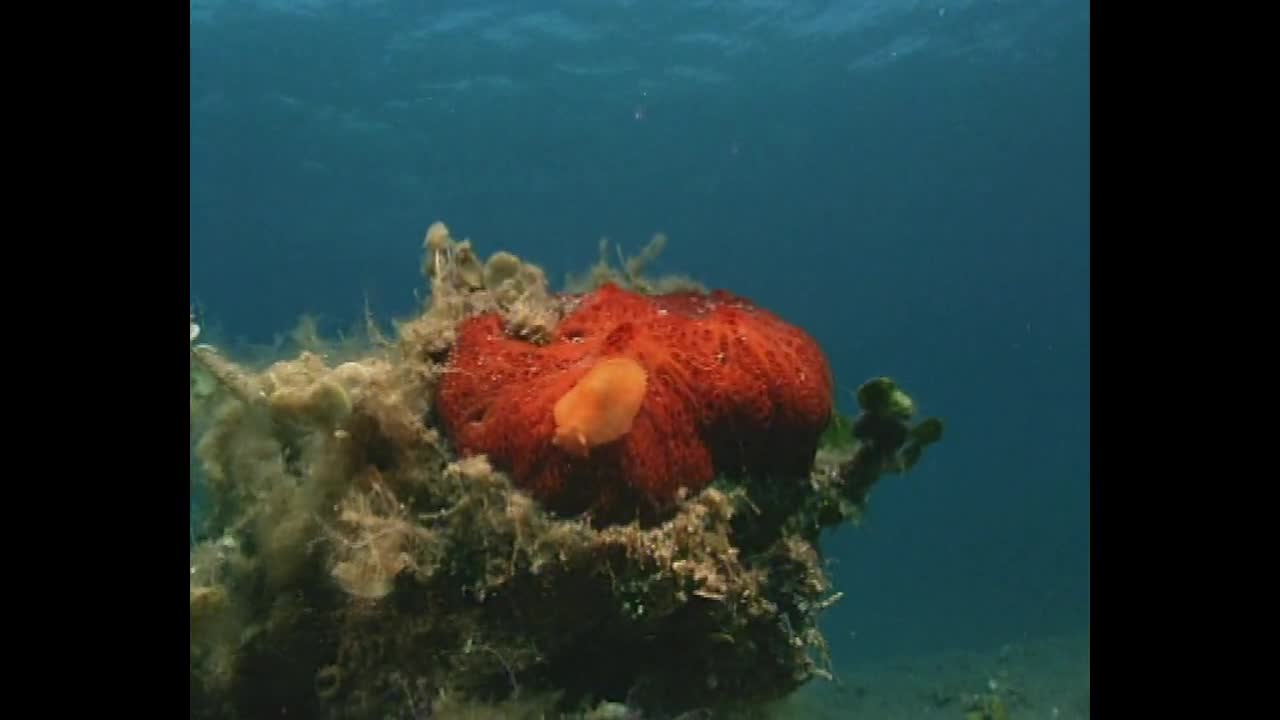


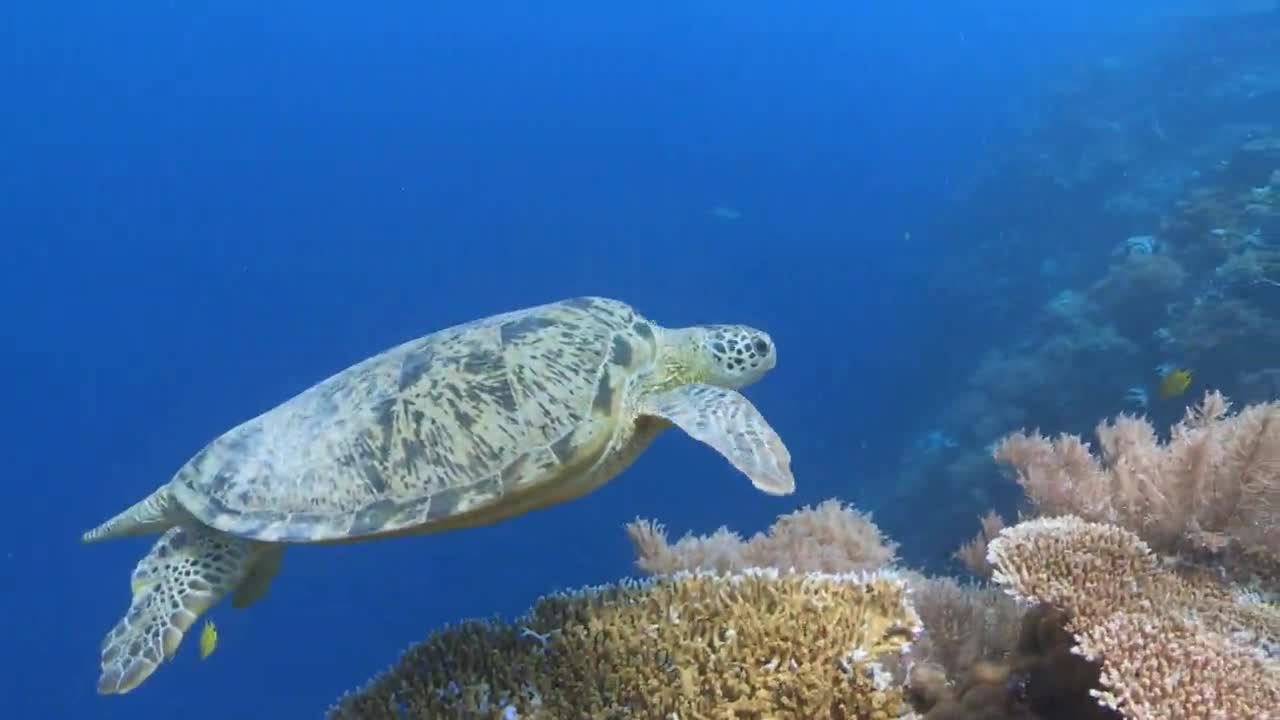

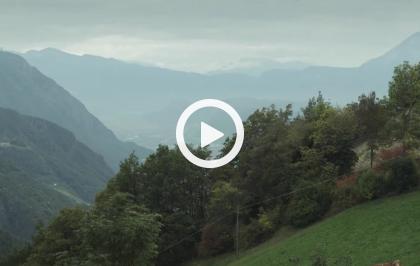
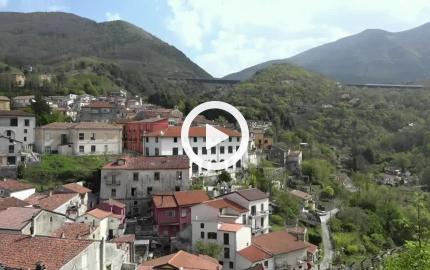
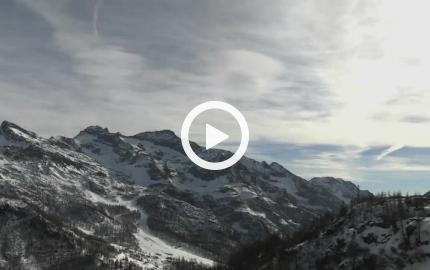

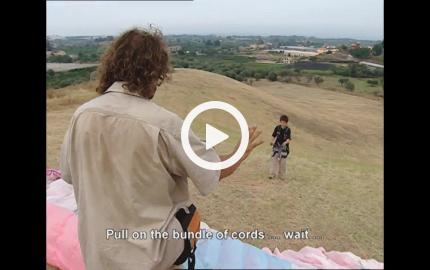
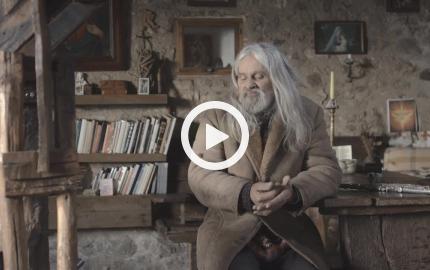
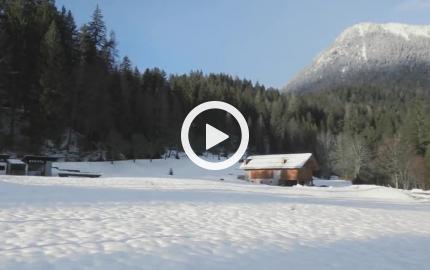
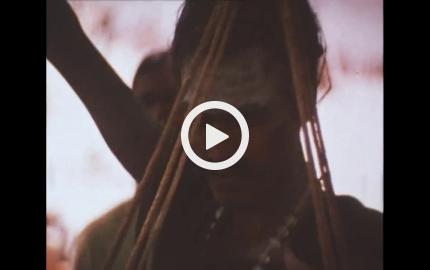
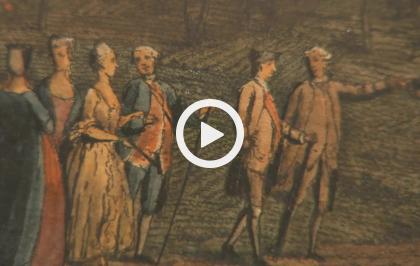
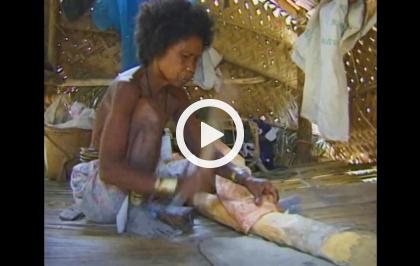
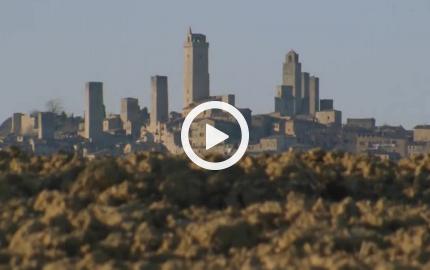

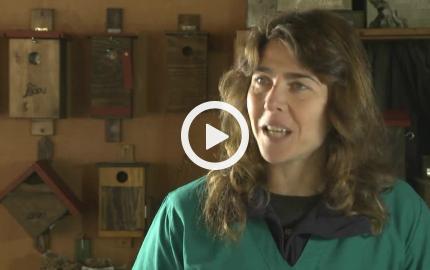
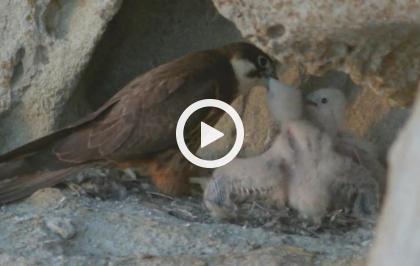
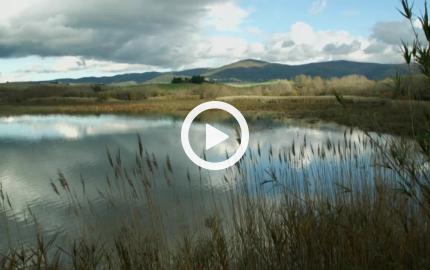
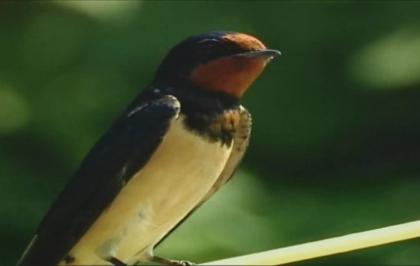
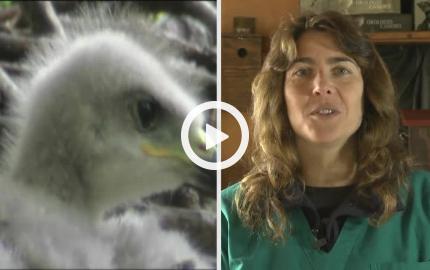
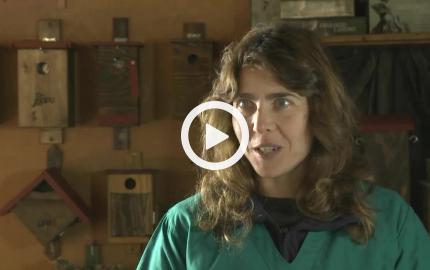
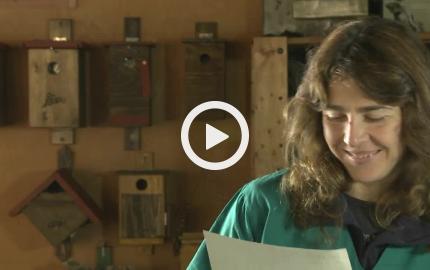
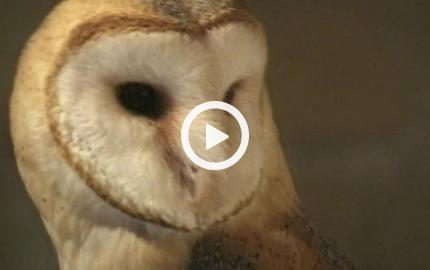
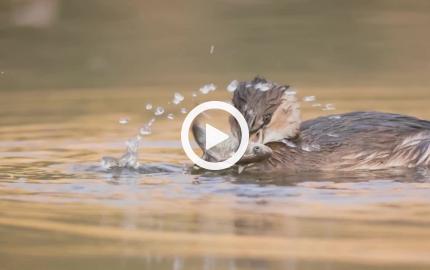
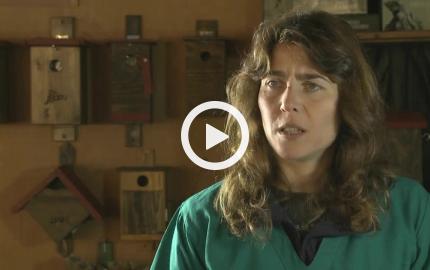
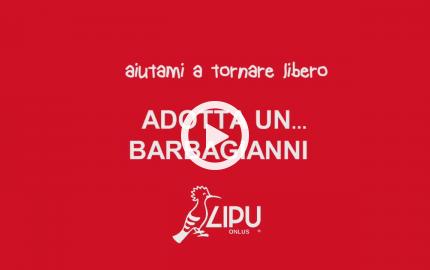
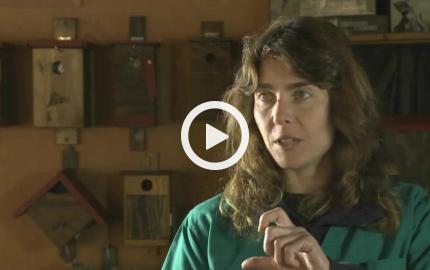
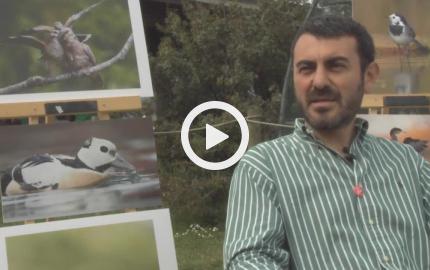
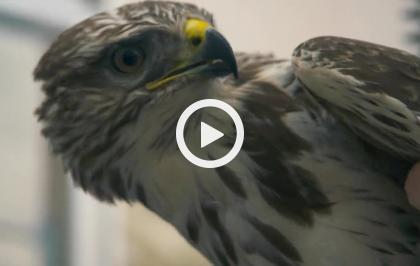
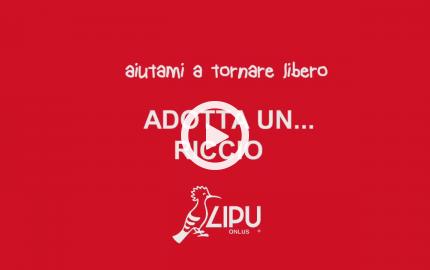


 è un marchio
è un marchio